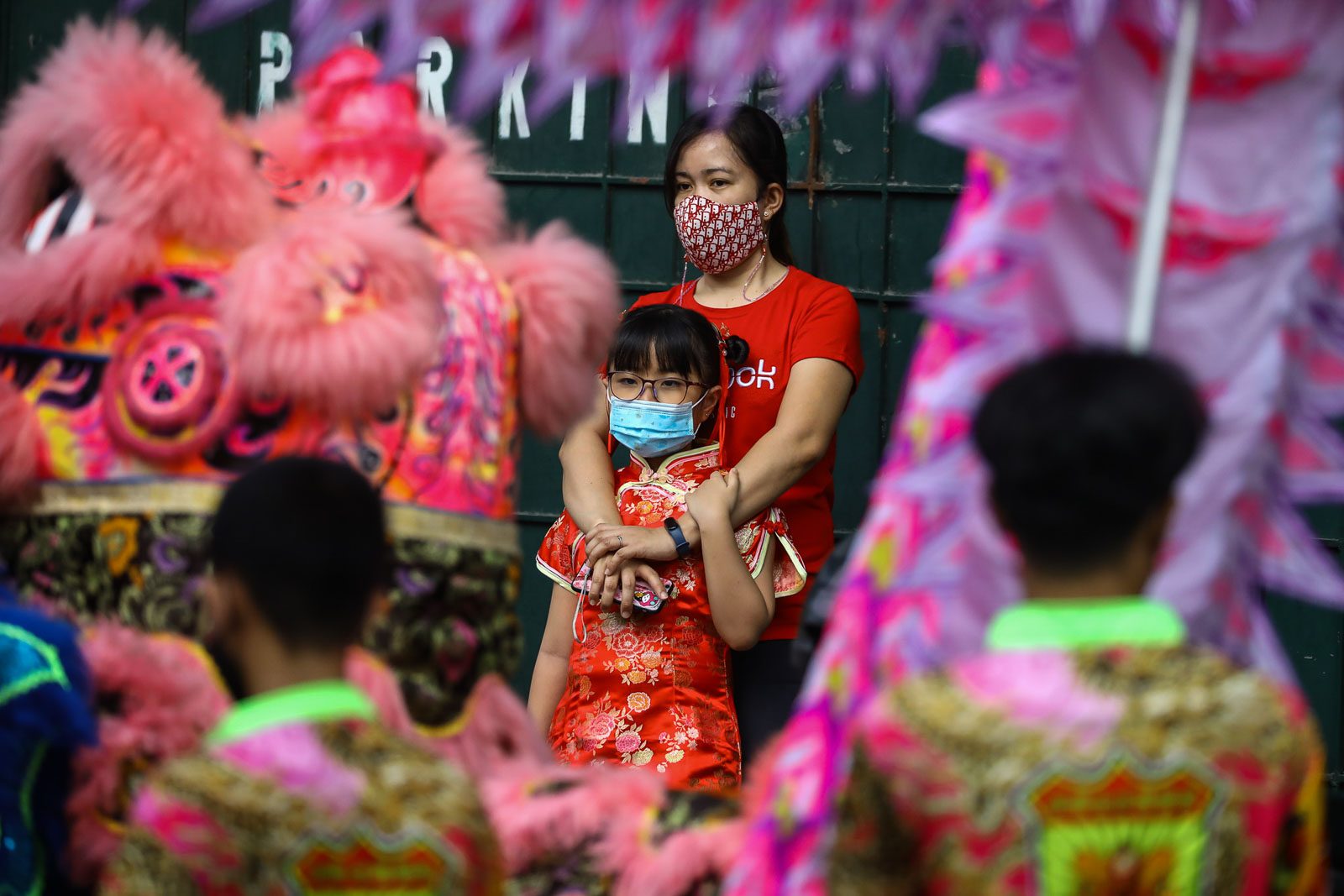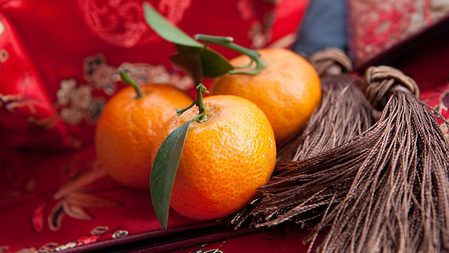SUMMARY
This is AI generated summarization, which may have errors. For context, always refer to the full article.

February 1 marks the start of the Chinese New Year 2022, the Year of the Tiger, and celebrations will end two weeks later with the Lantern Festival (元宵节). The tiger is the third animal of the 12-year cycle of Chinese zodiac signs, and famous people under this sign include Queen Elizabeth II, Marilyn Monroe, Leonardo DiCaprio, Tom Cruise, and Lady Gaga.
As the most traditional and celebrated holiday in Chinese culture, the Lunar New Year (also known as the Spring Festival (春节)) is not only a time to celebrate the beginning of spring but also an occasion for family reunions. In China, a wide range of celebration activities will be staged for two weeks: fireworks, firecrackers, festival decorations, and a variety of shows.
Family time is of utmost importance in Chinese culture. The run-up to New Year’s Eve is usually spent traveling, with everybody heading to their hometowns for family reunion. Houses and flats will get a deep clean in readiness for a fresh year ahead (having to sweep the floor on New Year’s Day is taboo and associated with sweeping good luck and wealth away).
Every family will have a long list of festival necessities to buy for Chinese New Year, including lots of red decorations, outfits, and gifts. Festival decorations will be hung up, such as red paper-cuts on windows (窗花), and spring couplets and banners on doors (春联). Guarding gods posters will be pasted on entrance gates for safeguarding. Fireworks and firecrackers will be set off to scare away evil spirits and to signal the start of a safe and prosperous new year.
Red is considered the color of luck. Once the new year arrives, new red outfits are worn to visit relatives and friends, to exchange blessings and gifts. During these visits, children will get red paper envelopes filled with cash notes (红包), symbolizing that bad luck is driven away and good fortune is passed on. Apart from visiting loved ones, people also visit temples to worship ancestors and pray for health, success, fortune, and a better year.

What do people eat?
Food also plays a crucial part in these celebrations and some dishes believed to bring luck will always be prepared – what they are varies greatly across China.
Fish (鱼) is a must as it is often seen as an “extra” (余), symbolizing abundance. Sticky rice cake (年糕) will also be a favorite, and this is because the word in Chinese sounds like “year high,” meaning higher income and promotion. Oranges (桔) are considered lucky as the word sounds like “lucky” in Chinese (吉).
There are however some differences depending on where you are. In northern China, people like to eat dumplings (饺子) as they are thought to resemble gold ingots. Whereas in southern China, you are more likely to have ping-pong shaped sticky rice balls with sweet fillings (汤圆) as it sounds like the word for “togetherness” (团圆). It’s also common to have a tray of sweets or a platter of bite-sized treats symbolizing reunion and togetherness.
On new year’s eve, waiting for midnight, family and relatives will enjoy eating together, playing games like mahjong, and watching the Spring Festival Gala on TV. Whether at home or overseas, this tends to be a must-do for many Chinese families.
Traditions are changing
Like all customs and traditions, things change over time. Today, red envelopes are often sent via apps such as WeChat, a messaging app that allows people to make mobile payments. Although the reunion dinner is still important, many Chinese families now prefer to eat out rather than cook together at home. Fireworks and firecrackers are often banned in respect for the environment, and it is not unusual to hear the cacophony of firecrackers played from recordings through speakers instead.
But if some traditions have faded with time, others are still very much alive and passed on, from one generation to the next, through Chinese communities and Chinatowns worldwide. Celebrations still feature red decorations, family gatherings, and celebration events like parades with lively lion and dragon dances.
But, no matter how much Chinese New Year celebrations have changed over time or whether it is celebrated in China or throughout the Chinese diaspora, the heart of the Spring Festival remains the people, a strong sense of togetherness, and the idea that the year to come will be the chance for a new start that is brighter and more prosperous. – The Conversation|Rappler.com
Jingjing Ruan is a Lecturer in Mandarin Chinese, Cardiff University.
Catherine Chabert is a Reader in the School of Modern Languages, Cardiff University.
This piece was originally published in The Conversation.
Still on a Chinese New Year high? Order goodies from Shopee using these voucher codes!
Add a comment
How does this make you feel?

There are no comments yet. Add your comment to start the conversation.